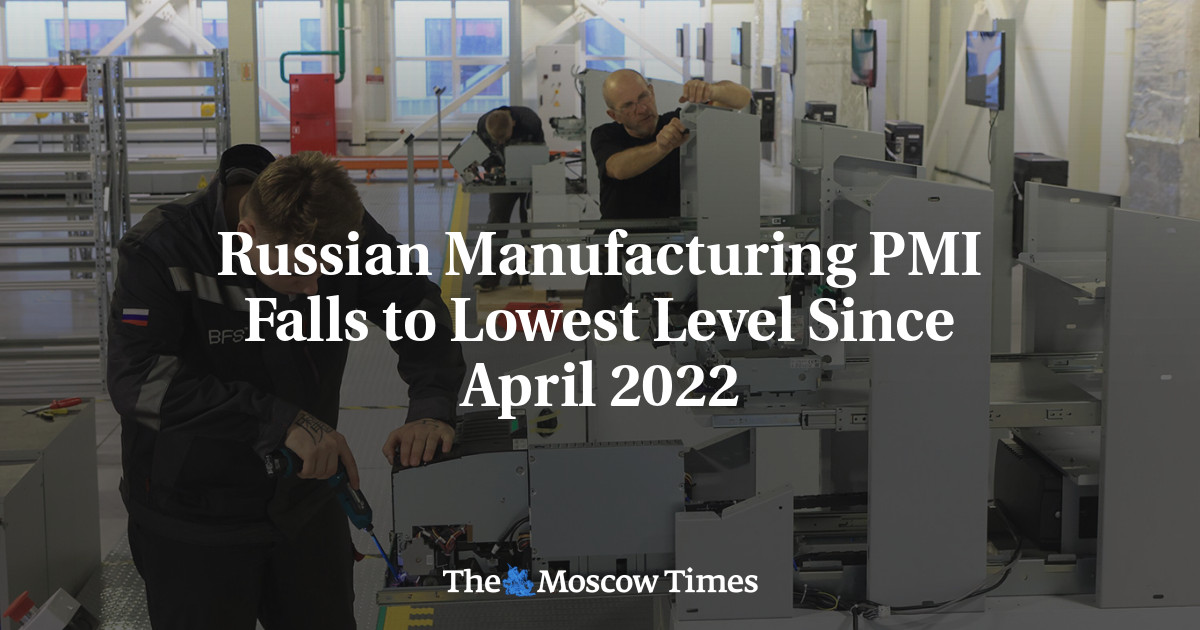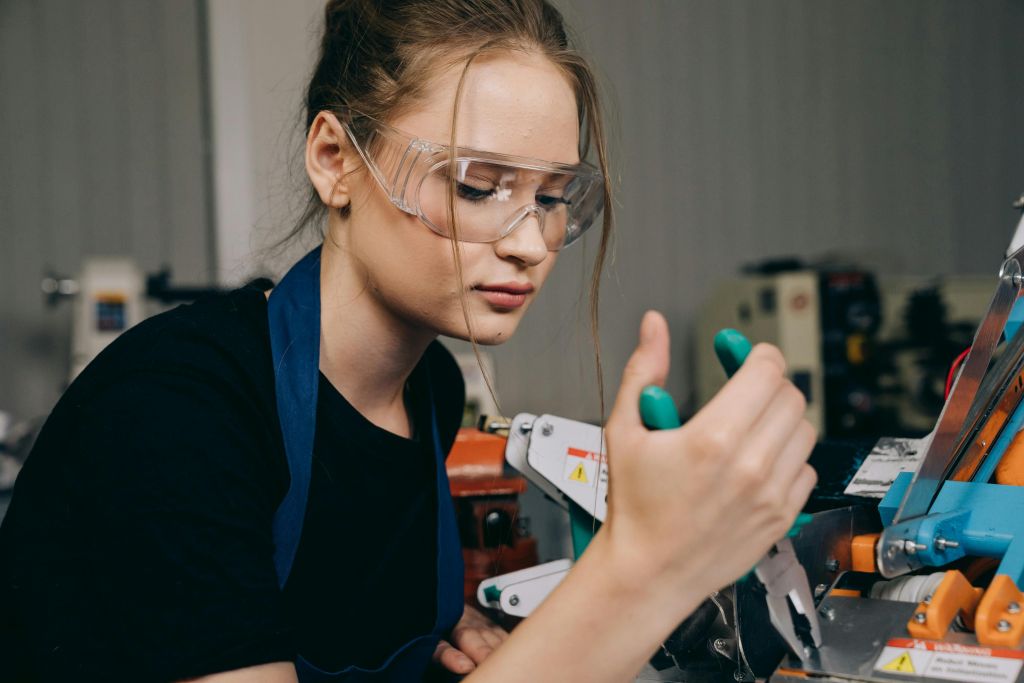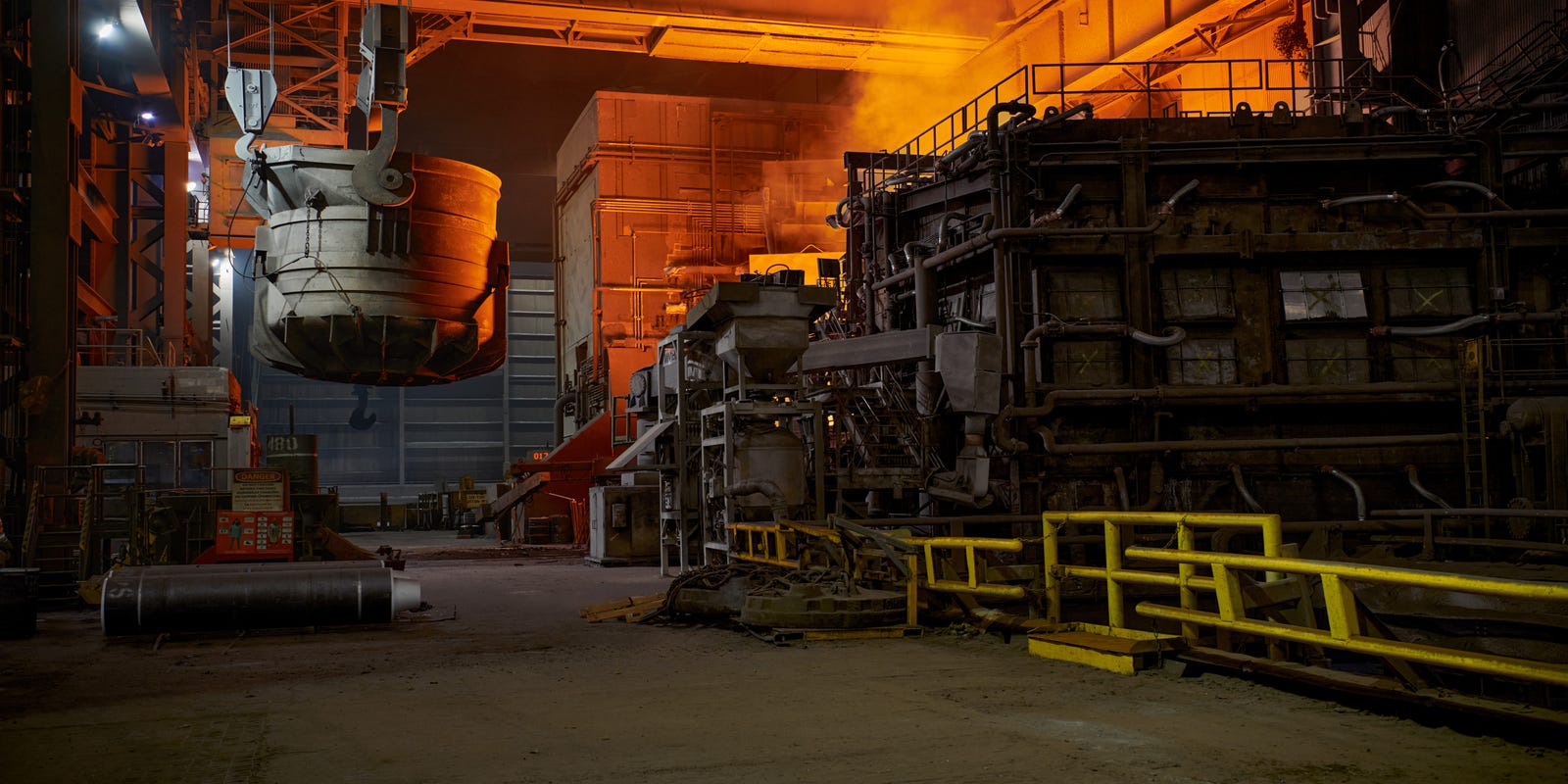Beyond Tariffs: The Complex Reality of Reviving American Manufacturing
Manufacturing
2025-04-08 14:21:58Content
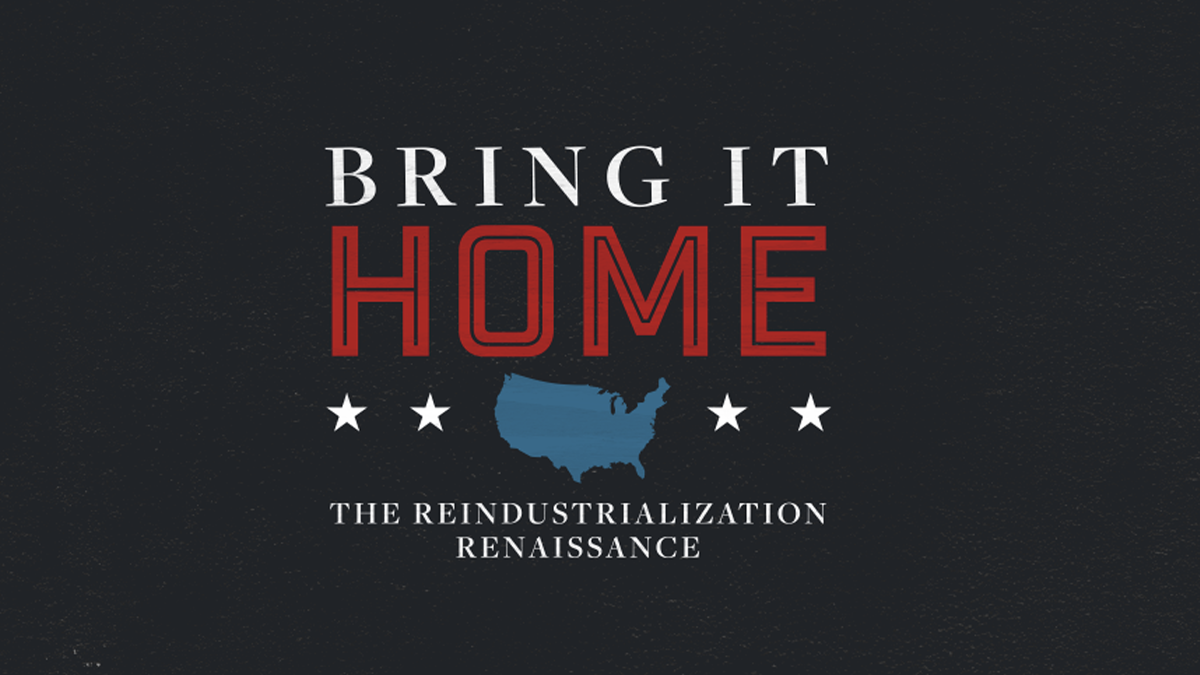
Reviving American Manufacturing: Why Trade and Industrial Policies Must Align
The dream of bringing manufacturing back to the United States cannot be achieved through trade policy changes alone. A comprehensive, strategic approach that integrates both trade and industrial policies is essential for successful reindustrialization.
For decades, the United States has witnessed a steady decline in its manufacturing sector, with global competition and outsourcing eroding domestic production capabilities. Simply adjusting trade tariffs or negotiating new agreements will not magically resurrect the nation's industrial might.
True reindustrialization requires a holistic strategy that addresses multiple interconnected challenges. This means creating targeted incentives for domestic manufacturing, investing in workforce training, supporting technological innovation, and developing robust supply chain ecosystems.
Industrial policy must work hand-in-hand with trade policy to create an environment where American manufacturers can compete globally. This involves strategic investments in research and development, providing tax incentives for domestic production, and developing specialized workforce training programs that equip workers with cutting-edge skills.
Moreover, policymakers need to recognize that modern manufacturing is fundamentally different from the industrial landscape of the past. Today's successful manufacturing relies on advanced technologies, automation, and highly skilled workers.
By adopting a nuanced, integrated approach that combines smart trade strategies with forward-thinking industrial policies, the United States can rebuild its manufacturing sector and secure its economic future.
Revitalizing American Manufacturing: The Strategic Interplay of Trade and Industrial Policies
In the complex landscape of economic transformation, the United States stands at a critical juncture where reimagining its industrial strategy is not just an option, but a necessity. The intricate dance between trade policies and industrial development represents a pivotal moment for national economic resilience, challenging policymakers to craft nuanced approaches that can breathe new life into the manufacturing sector.Unlocking America's Industrial Renaissance: A Bold Strategy for Economic Reinvention
The Multifaceted Challenge of Manufacturing Resurgence
The contemporary manufacturing landscape is far more sophisticated than simplistic narratives of industrial revival suggest. Merely adjusting trade policies cannot magically resurrect a robust manufacturing ecosystem. Instead, a holistic, strategically designed approach is essential. Policymakers must recognize that manufacturing renaissance requires a comprehensive framework integrating technological innovation, workforce development, strategic investments, and adaptive regulatory environments. Successful reindustrialization demands a sophisticated understanding of global economic dynamics. It's not about creating protectionist barriers, but about developing competitive advantages that position American manufacturing as a global leader. This involves cultivating advanced manufacturing capabilities, investing in research and development, and creating ecosystems that support technological innovation and skills development.Strategic Policy Alignment: Beyond Traditional Approaches
The intersection of trade and industrial policies represents a critical leverage point for economic transformation. Traditional approaches that treat these domains as separate entities are fundamentally flawed. Modern economic strategy requires an integrated approach where trade negotiations, industrial policy, technological investment, and workforce training are synchronized. Governments must develop adaptive policy frameworks that can rapidly respond to technological shifts and global economic changes. This means creating flexible mechanisms that support emerging industries, provide targeted incentives for advanced manufacturing, and develop robust infrastructure that enables technological innovation.Technological Innovation as a Cornerstone of Manufacturing Revival
Technological advancement stands as the most potent catalyst for manufacturing transformation. Artificial intelligence, advanced robotics, quantum computing, and sustainable manufacturing technologies are not just incremental improvements but fundamental reimaginings of industrial capabilities. Investments in these technologies must be accompanied by comprehensive workforce training programs. The future of manufacturing is not about replacing human workers but empowering them with advanced technological skills. Educational institutions, industry leaders, and government agencies must collaborate to create dynamic learning ecosystems that continuously adapt to technological evolution.Global Competitiveness and Strategic Positioning
Reindustrialization is fundamentally a global strategic challenge. American manufacturing must not just compete but lead in emerging technological domains. This requires a nuanced understanding of international economic dynamics, strategic investments in key technological sectors, and the ability to create adaptive, resilient industrial ecosystems. Successful strategies will involve targeted investments, supportive regulatory frameworks, and a commitment to continuous innovation. It's about creating an environment where technological entrepreneurship can flourish, where risk-taking is encouraged, and where long-term strategic thinking supersedes short-term economic calculations.Sustainable and Ethical Manufacturing Paradigms
The future of manufacturing is inextricably linked with sustainability and ethical considerations. Policies must incentivize not just economic efficiency but environmental responsibility and social equity. This means developing manufacturing approaches that minimize environmental impact, support fair labor practices, and contribute positively to community development. Sustainable manufacturing is not a constraint but an opportunity for innovation. By embedding environmental and social considerations into industrial strategy, the United States can develop manufacturing models that are globally competitive, technologically advanced, and socially responsible.RELATED NEWS
Manufacturing
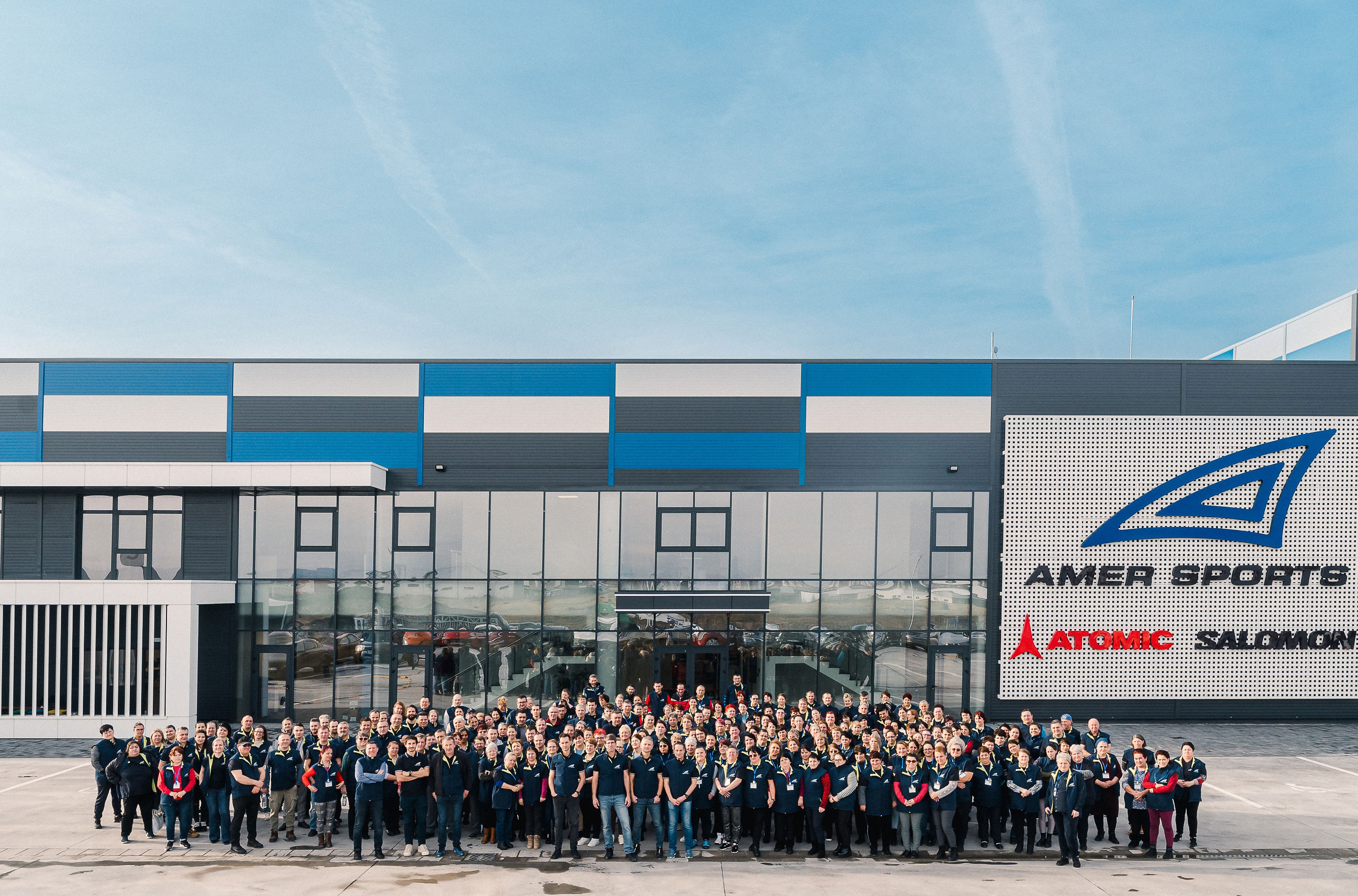
Ski Gear Revolution: Amer Sports Reclaims Alpine Binding Production with Romanian Facility
2025-05-06 05:57:53
Manufacturing

Breaking: How Cloud ERP is Revolutionizing Manufacturing's Complex Landscape
2025-04-18 20:18:01
Manufacturing
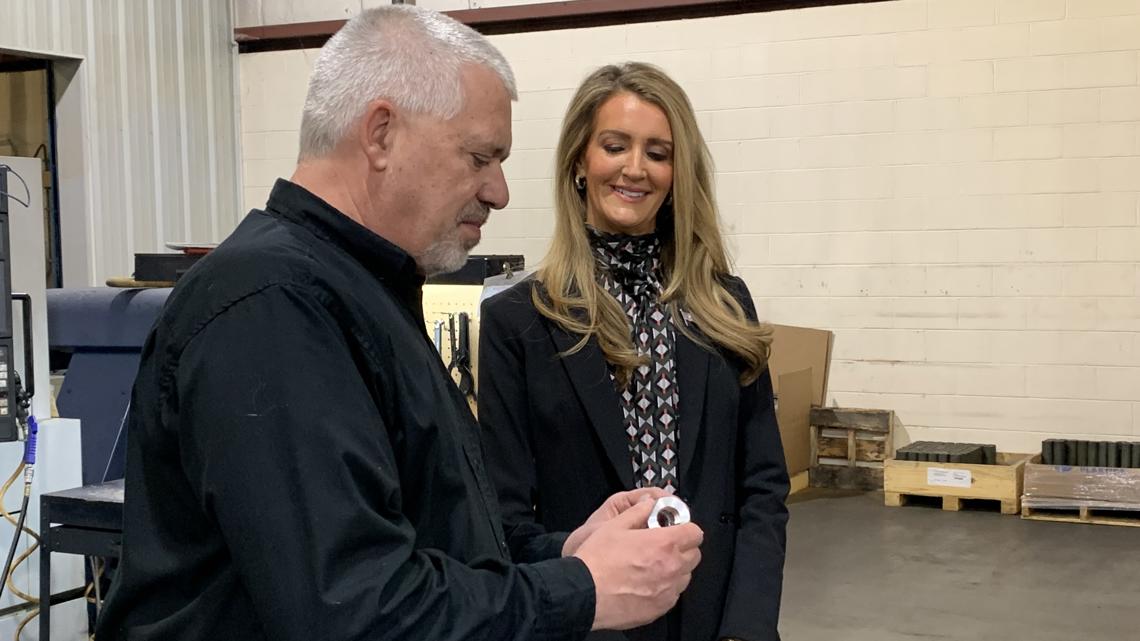
Trade Talks and Factory Floors: Loeffler's Pennsylvania Manufacturing Spotlight
2025-04-23 21:20:00

